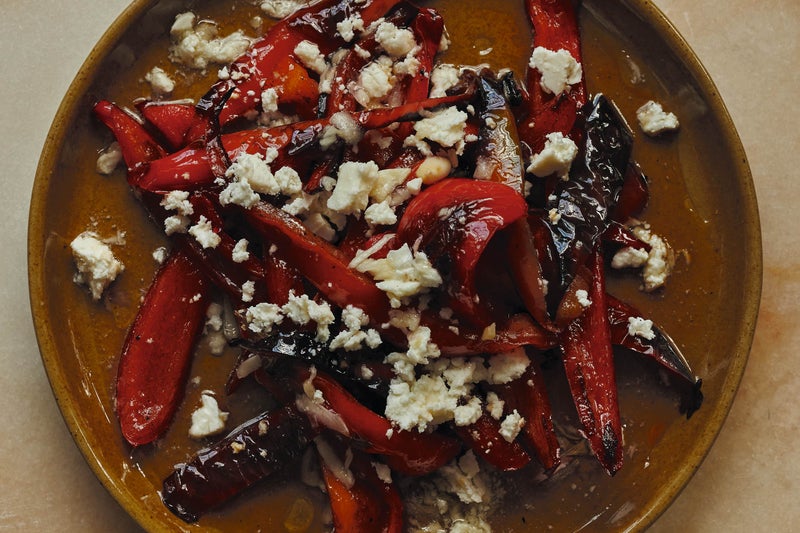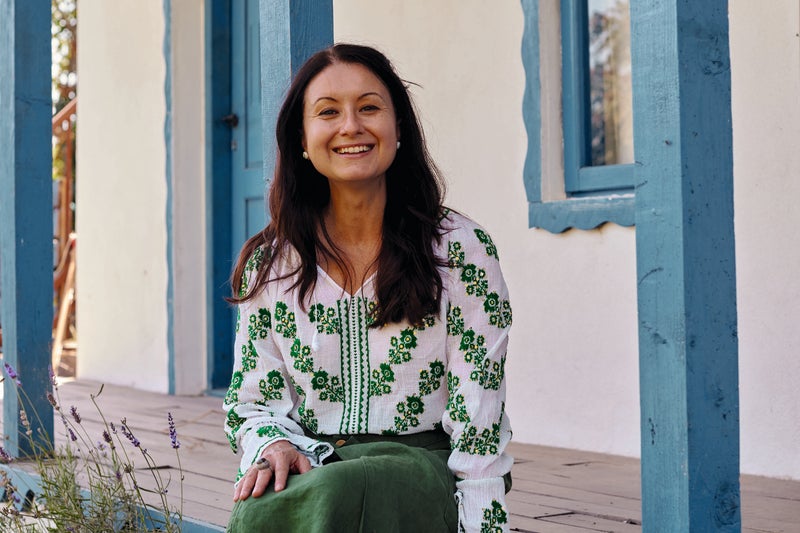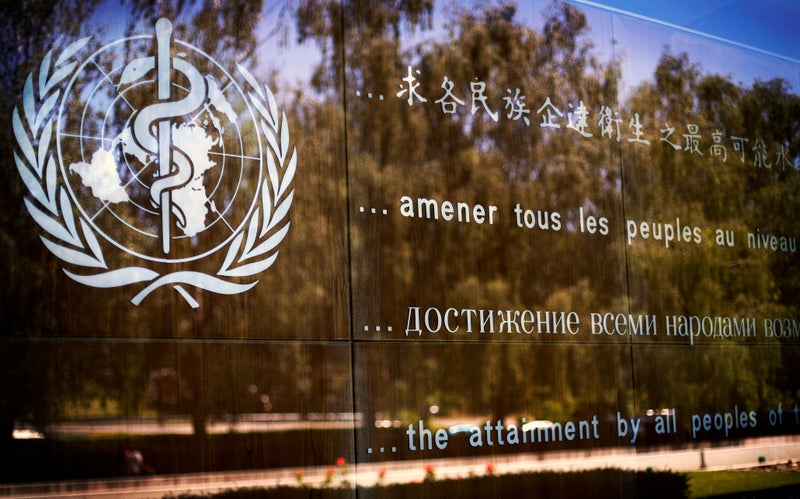Recipes for offal and spice-heavy dishes in Book of Sent Sovi show how transatlantic travel reshaped cuisine. Forget gazpacho, patatas bravas or the tang of paprika in your chorizo. Such dishes may be considered staples of the Mediterranean diet but a new exhibition celebrating Spain’s oldest surviving cookbook suggests medieval Spanish cuisine was nothing like its modern successor. Dating from 1324, almost 170 years before Christopher Columbus made his first voyage to the Americas and sparked a new transatlantic trade in foodstuffs, the Book of Sent Sovi is a collection of 72 recipes written in Catalan by an unknown author.
![[Pots and an old book in museum cabinets]](https://i.guim.co.uk/img/media/9e5e88f3c258cbd34536e88aee80a99edddc1f17/0_375_4080_2449/master/4080.jpg?width=445&dpr=1&s=none&crop=none)
According to the exhibition, which has opened at the University of Valencia, the book throws into relief how radically ingredients such as tomatoes, potatoes, chilli peppers, corn, peanuts and squashes – all unknown in Europe until the early 16th century – reshaped Spanish and, indeed, world cuisine. “However, their impact wasn’t immediate and it wasn’t till the 18th century that these new ingredients began to be widely used in European cuisine,” said Juan Vicente García Marsilla, a professor of medieval history at the University of Valencia, who curated the exhibition.
“For example, to begin with people used potato leaves to make hats but didn’t eat the potatoes.”. A key difference between the dishes of now and then was the amount of spice called for. “Many people in Spain would find some of these recipes hard to stomach because of the quantity of spices,” said García Marsilla. “The Romans brought pepper but many more spices were introduced by the Arabs.”.
As spices came from far away, they were expensive and serving them to your guests became a status symbol, he said. “The recipes in this book tell us how the elites of the epoch ate and reveals a complex cuisine using a surprising number of ingredients, especially the use of spices which seems to us more oriental than European. They liked to have a range of tastes, both sweet and savoury, on the same plate.”.
Typically, however, the main ingredient was served on its own or with a garnish. This tradition continues today throughout Spain, with vegetables generally served apart from meat or fish. Some dishes from Sent Sovi would probably overwhelm the modern Spanish palate, and not just because of the spices. Take, for example, the salsa granada made with chicken stock, chicken livers, cinnamon, ginger, cloves, eggs and pig fat, among other ingredients.
Likewise, you don’t have to be a vegetarian to blanch at a plate of freixures (lungs) made with pig’s lungs and hearts with liver, onion, vinegar and spices. And while recipes for stuffed squid are not uncommon in modern Spanish cuisine, Sent Sovi goes one better with one for octopus stuffed with garlic, onion, cloves, mint, coriander and raisins. Sign up to This is Europe. The most pressing stories and debates for Europeans – from identity to economics to the environment.
after newsletter promotion. The frequent use of almonds as a thickener or in sauces also probably derives from the significant Arab presence in Spain from the eighth until the 15th century. “Something else we learn from this book is that the culture of sitting down to eat at table had begun to take root by the 15th century,” said García Marsilla. The exhibition, which is timed to mark the 700th anniversary of the book’s publication and runs until 4 May at the university’s La Nau cultural centre, includes other medieval recipe books, cooking pots and utensils, silverware and art depicting feasts and banquets. There are also conferences and tastings organised by the chef Jorge de Andrés.































